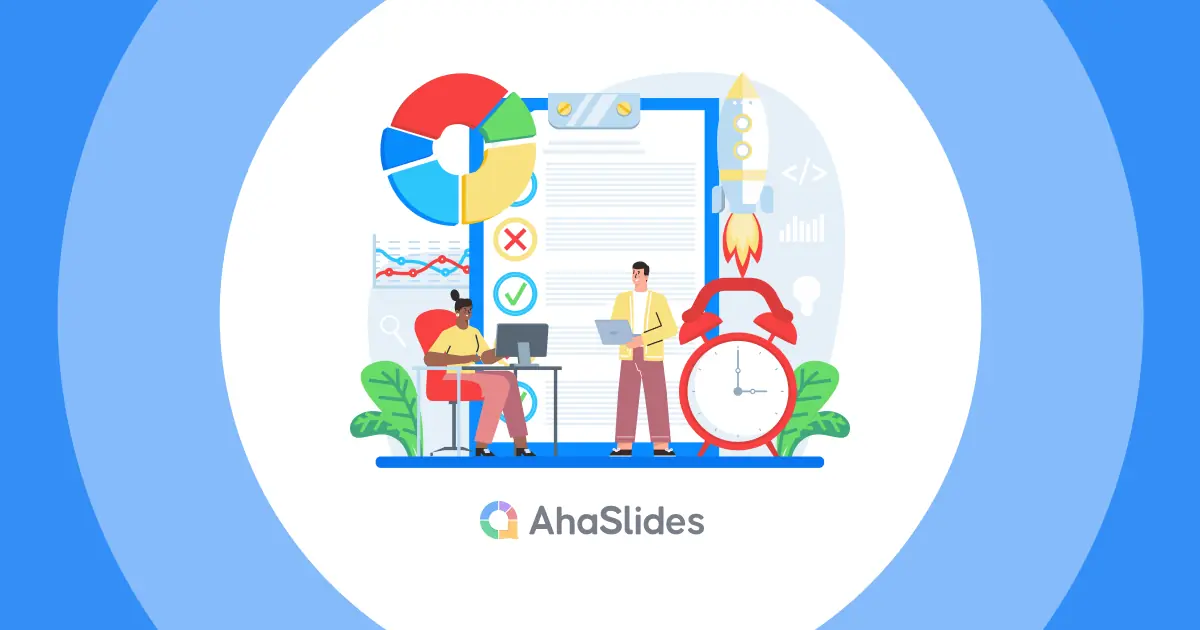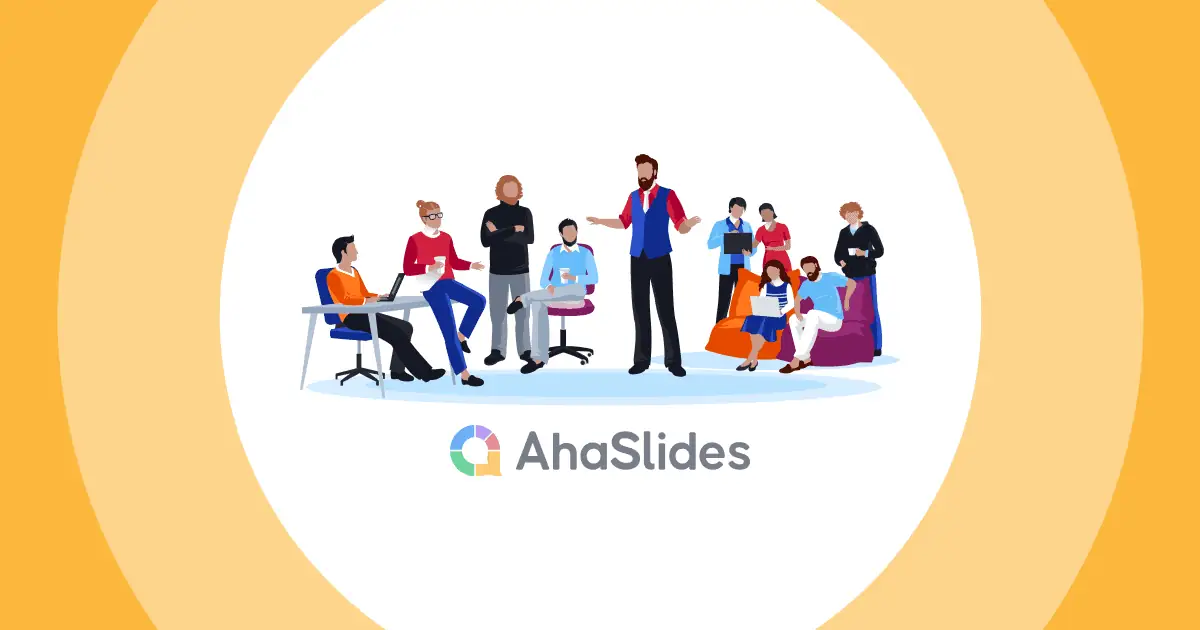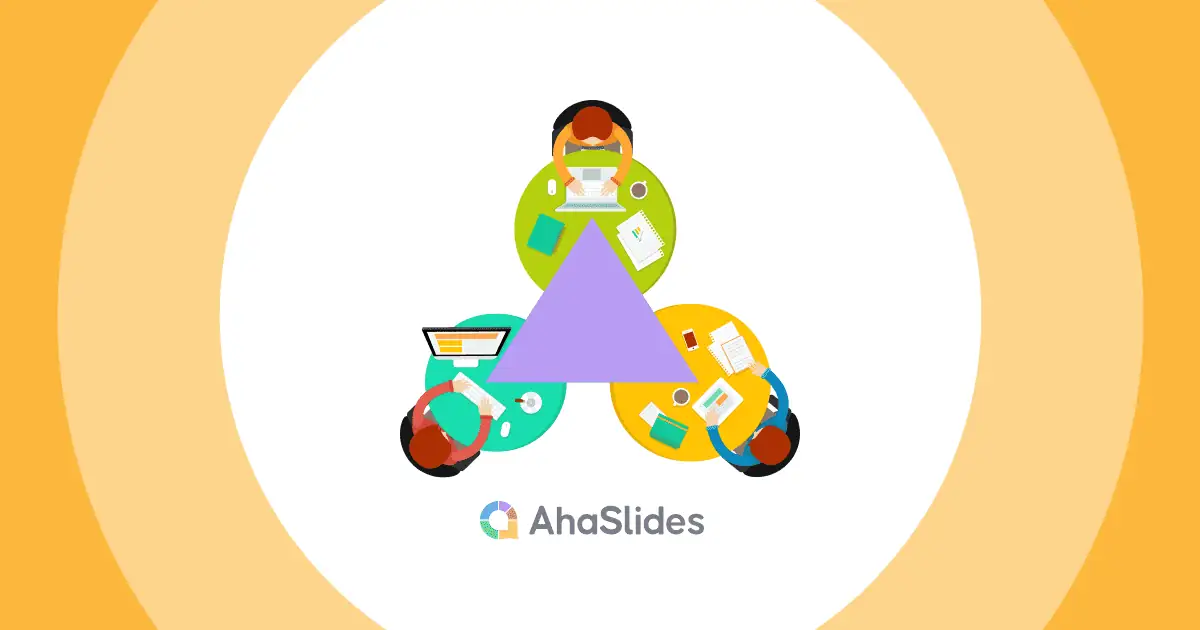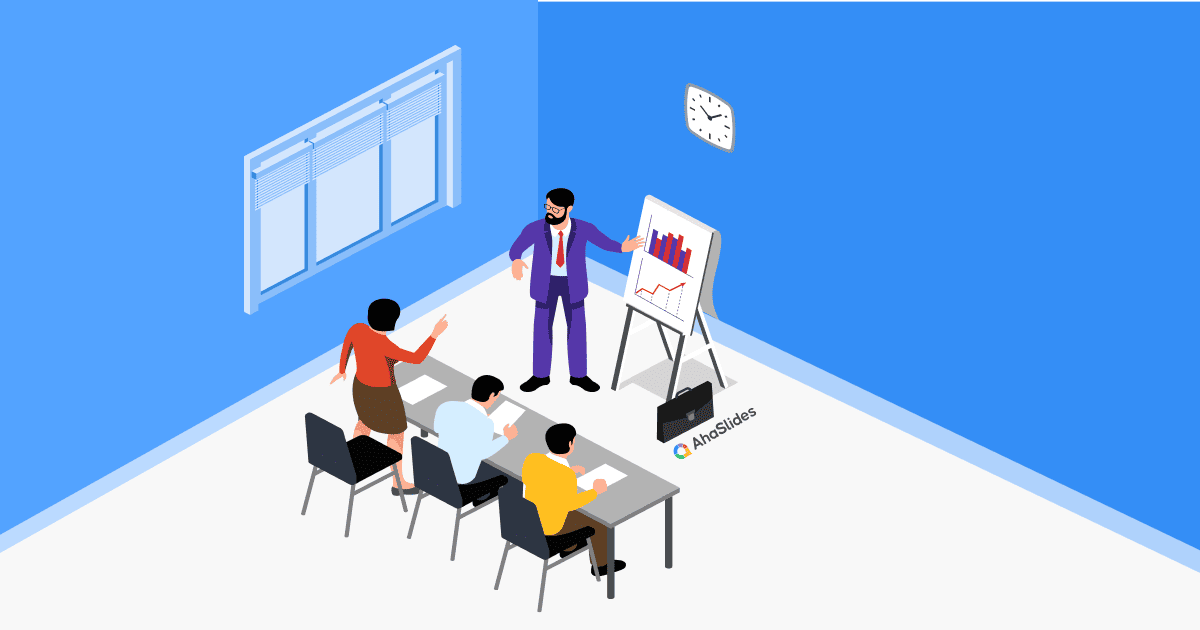In today's highly competitive business environment, the enterprise's success depends on the capacity and performance of its workforce. As a result, the emergence of in-company training programs is an indispensable tool to develop employees' competencies in line with the organization's overall strategy.
Choosing the right form and training method can make all the difference in improving employee effectiveness. So, whether you are a business owner, an HR professional, or someone who wants to develop their ability at work, you can refer to the 70 20 10 learning model. This model highlights the importance of combining on-the-job experiences, social interactions, and formal training to achieve optimal learning and development outcomes.
In this blog post, we'll learn about the 70 20 10 learning model, how it works, and how to apply it effectively.
Table of Contents
- What Is The 70 20 10 Learning Model?
- What Are The Benefits Of The 70 20 10 Learning Model?
- Working with the 70 20 10 Learning Model
- Key Takeaways

What Is 70 20 10 Learning Model?
The 70 20 10 learning model is a framework for learning and development. And it suggests that the learning and development process occurs with division as follows:
- 70% of through on-the-job experiences.
- 20% through social interactions with others.
- 10% through formal training and education.

Morgan McCall, Michael M. Lombardo, and Robert A. Eichinger of the Center for Creative Leadership created this model based on research they conducted in the 1980s.
Adopting a 70:20:10 learning model will help provide employees with an integrated learning experience. Organizations can build on this model to meet the needs of their employees and create an effective training program. Let's learn more about the activities of each part of this model:
70% - Learning through on-the-job experiences
Up to 70% of what employees learn in the workplace is through their on-the-job experiences, such as on-the-job training, assignments, and projects. When putting themselves in real situations, employees will understand the working process, how to make decisions, solve problems that arise, etc.
This form of learning allows employees to learn from their mistakes, test new ideas, and apply theoretical knowledge in a real-world setting.
20% - Learning through social interactions with others
One of the most effective ways to learn and grow is to share your experiences and skills with others. Thus, 20% of learning through social interactions explains the importance of learning by interacting with others, such as through mentoring, coaching, and feedback from peers and managers.
This form of learning can help employees gain valuable insights, guidance, and support from more experienced colleagues, build networks, and develop interpersonal and communication skills.

10% - Learning through formal training and education
The remaining 10% of learning through formal training refers to learning that occurs in structured, classroom-style settings, such as workshops, courses, conferences, and e-learning.
This type of learning is often associated with traditional training methods and focuses on delivering specific knowledge or skills through a structured curriculum. These pieces of training will help employees improve their skills, adapting to their self-paced learning at work without spending too much time.
Benefits Of 70 20 10 Learning Model
The 70 2010 learning model has numerous advantages for both employees and organizations. Here are some of this model's primary benefits:
1/ Personalize learning
Everyone does not learn in the same way. That is why delivering a program with a healthy integration of learning methods and channels like the 70 20 10 model can be effective. It allows employees to tailor their learning experience to their specific needs.
Additionally, this model allows employees to learn in ways that best suit their individual needs and preferences, which can help employees remember and apply their knowledge more effectively.
2/ Increase employee engagement
By providing opportunities for on-the-job and social learning, the 70 20 10 learning model can drive employee engagement by putting learned skills into immediate action. When employees are empowered to act in the workplace, they stay focused on their career goals, as they feel more responsible for their own career growth and success.
In addition, with the social learning component of the 70 20 10 learning model, employees can receive feedback from their peers and managers. This feedback can help them build confidence and feel more engaged and connected to their work and colleagues.

3/ Improve learning outcomes
The 70-20-10 model provides a holistic approach to learning and development that can improve the effectiveness and efficiency of learning outcomes. It allows employees to apply their learning to real-life contexts while providing additional support and guidance to social learning facilities.
Besides, it provides employees with a structured and comprehensive learning experience that can reinforce their learning and help them acquire new skills and knowledge.
Overall, the 70 20 10 learning model has an integrated and holistic approach to learning that helps employees deepen their understanding and stay up to date with the latest developments in their field.
4/ Improve organizational performance and competitiveness
By providing relevant and effective learning opportunities, the 70 20 10 learning model can help employees acquire new skills and knowledge to enhance their productivity and performance. This means overall organizational performance and efficiency are also improved.
Furthermore, because the quality of employees is enhanced, organizations can develop a competitive advantage, improve their market position, increase customer satisfaction, and improve financial performance.
Working With the 70 20 10 Learning Model
Implementing the 70 20 10 learning model requires careful planning and a commitment to providing a variety of learning opportunities highlighted in the model. Here are some steps to effectively implement the 70 20 10 learning model:

1/ Define the learning needs of employees
Businesses must first identify their employees' learning needs and goals before implementing the 70-20-10 learning model. This can be done through surveys, focus groups, or individual interviews. The contents of the survey or interview should revolve around the following factors:
- The need to personalize the employee's learning experience (each person's specific needs and goals).
- Employee engagement and motivation to improve learning outcomes.
- Alignment between employee learning needs and organizational goals.
By identifying the learning needs of employees, an organization can more effectively allocate resources, focusing on those areas of greatest growth need. This can contribute to improved cost-effectiveness of learning and development programs.
2/ Design learning experiences that reflect the model
Designing learning experiences is an important step in implementing this model effectively. Therefore, organizations can consider offering a variety of on-the-job learning, social learning, and formal training opportunities.
For 70% - Learning through hands-on experience
Employees get the majority of learning opportunities through their work, whether by acquiring new skills while working on a project or tackling challenges. To help employees get the most out of their on-the-job learning experience, you can:
- Assign employees to work on projects that align with their learning goals.
- Expand employees' decision-making power and create opportunities for them to manage people and projects.
- Bring them into important strategy meetings.
- Provide mentoring or leadership training to provide support at work.
For 20% - Learning through social interactions
Allow employees to learn through their interactions with others - whether with a manager, co-worker, or senior leadership. Here are some ideas to help your workforce nurture their workplace relationships:
- Offer mentoring or training programs.
- Create opportunities for employees to collaborate on projects or work in cross-functional teams.
- Provide employees opportunities to give and receive feedback.
- Encourage employees to express gratitude and appreciation for each other's contributions.
For 10% - Learning through formal training
Organizations can focus 10% of their efforts on establishing a formal professional development program. Don't be afraid to go beyond traditional group training sessions. Here are some ideas for your organization:
- Host in-person workshops or seminars on specific topics relevant to the organization or employee's industry.
- Offer certification programs for employees looking to advance their careers.
- Encourage employees to attend industry conferences and events to learn about the latest trends and best practices in their field.
- Offer tuition reimbursement programs to support employees who want to pursue further education.
- Create a library of learning resources, such as books, articles, research papers, etc.

3/ Provide support and resources
Providing support and resources is critical to ensuring that employees can effectively participate in the learning experience and maximize the benefits of the 70 20 10 model. Here are some ways organizations can provide support and resources to their employees:
- Ensure that employees have access to necessary training materials.
- Give employees access to mentors or coaches who can provide guidance.
- Allocate employee-specific time and resources to pursue learning and growth on the job. For example, the organization may give them time off to attend conferences or training sessions.
- Encourage employees to collaborate and share knowledge to support social learning.
- Recognize and reward employees who participate in learning and development activities.
4/ Evaluate and refine
To ensure that the 70 20 10 learning model is delivering the desired outcomes, organizations need to regularly evaluate and refine employees' learning experiences.
This may involve gathering feedback from employees, tracking progress toward learning goals, and making adjustments as needed to ensure the model is effective.
Note: The 70 20 10 model is not a rigid formula and can be adapted to suit the needs of different individuals and organizations. However, organizations need to combine experiential, social, and formal learning to achieve optimal results in building the capabilities of their workforce.
Key Takeaways
The 70 20 10 learning model is a powerful framework that can help organizations build the capabilities of their workforce, drive engagement and motivation, and improve organizational performance. By combining experiential, social, and formal learning opportunities, the model provides a holistic approach to achieve more effective learning results.








